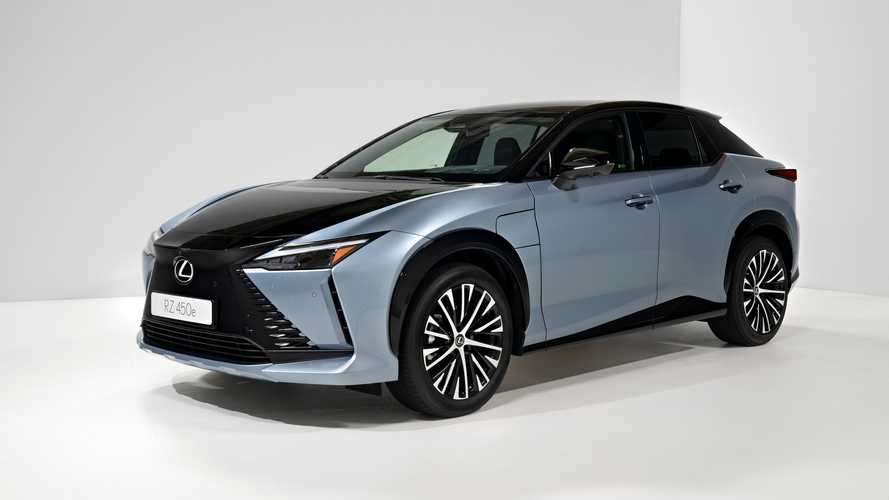With the launch of the 2023 RZ 450e EV coming soon, Lexus will finally have a dedicated production electric vehicle in the lineup.
But Toyota’s luxury arm has bigger plans for its electric future and has disclosed that it has already finished work on an 800-volt electrical architecture.
Speaking with Green Car Reports, Lexus chief engineer Takashi Watanabe admitted that the high-voltage architecture has been finalized, but said that not all Lexus and Toyota EVs will get it. For example, the 2023 Lexus RZ 450e runs at about 400 volts.
According to Watanabe, the reason for that is the relationship between the battery capacity and charging. He said that larger battery packs warrant the faster electrical architecture and charge rates, and that’s something that will be considered on a “case-by-case basis.“
Watanabe added that the breakover point will be about 100 kWh, as EVs with 100-kWh or larger batteries need faster charging rates enabled by an 800-volt electrical architecture.
That’s a somewhat similar point of view to what we heard from Tesla’s SVP of Powertrain and Energy Engineering, Andrew Baglino, during the company’s Q1 2022 earnings call last month. He noted that larger vehicles like the Cybertruck and Semi are candidates for an 800-volt architecture, while for smaller cars like the Model 3 and Model Y the switch from 400 volts to 800 volts would make zero economic sense.
Back to Lexus, Watanabe also pointed out that higher charge power (above 150 kW) is expensive for both vehicle manufacturers and the chargin infrastructure. Since different regions are at different points in infrastructure development at this time, Lexus will have to cater to region-specific needs.
For example, in the US, the predominant charge rate for fast charging is 150 kW at the moment, even though 350 kW fast-charging stations are starting to emerge. But Lexus is not selling cars only in the United States, so it will have to consider globalized charging rates for its vehicles.
“CCS is the global standard, it’s something that’s convenient, and CCS 150 (kw) looks like it’ll be the majority for the foreseeable future.”
The topic of over-the-air (OTA) updates also came up, with Takashi Watanabe saying that “right now we’re not trying to put any limitations or restrictions on what’s possible through OTA.“
More specifically, he said that electric motor control, charging, supporting systems, or new value services can all be enhanced using OTA technology. The key to making that happen is an updatable ECU system and communication system that Lexus is currently working to put together.

